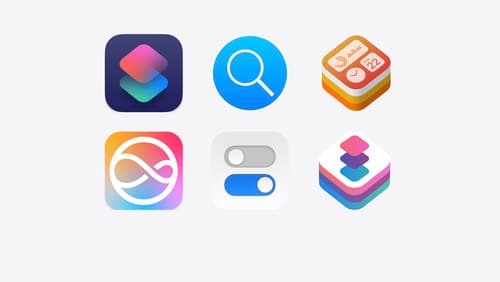Keypath
Asked on 2024-09-03
1 search
The concept of "keypath" is mentioned in several sessions at WWDC 2024, particularly in the context of SwiftData and Swift Charts.
-
SwiftData: In the session titled "What’s new in SwiftData," keypaths are used to make queries faster and more efficient by creating indexes on properties that are frequently used in sorting and filtering. This is achieved using the index macro, which allows you to specify keypaths for properties like name, start, and end dates. This makes filtering and sorting substantially faster for large datasets. You can learn more about this in the What’s new in SwiftData session at the "Index macro" chapter.
-
Swift Charts: In the session "Swift Charts: Vectorized and function plots," keypaths are used to customize the appearance of vectorized plots. Modifiers for vectorized plots take keypaths, allowing you to style all points without iterating over the dataset. This is particularly useful for larger datasets where the entire plot is customized with the same modifiers and properties. More details can be found in the Swift Charts: Vectorized and function plots session at the "Vectorized plots" chapter.
These sessions highlight the use of keypaths in optimizing data handling and visualization in Swift-based applications.

Swift Charts: Vectorized and function plots
The plot thickens! Learn how to render beautiful charts representing math functions and extensive datasets using function and vectorized plots in your app. Whether you’re looking to display functions common in aerodynamics, magnetism, and higher order field theory, or create large interactive heat maps, Swift Charts has you covered.

What’s new in SwiftData
SwiftData makes it easy to add persistence to your app with its expressive, declarative API. Learn about refinements to SwiftData, including compound uniqueness constraints, faster queries with #Index, queries in Xcode previews, and rich predicate expressions. Join us to explore how you can use all of these features to express richer models and improve performance in your app. To discover how to build a custom data store or use the history API in SwiftData, watch “Create a custom data store with SwiftData” and “Track model changes with SwiftData history”.

What’s new in App Intents
Learn about improvements and all-new features with App Intents, and discover how this framework can help you expose your app’s functionality to Siri, Spotlight, Shortcuts, and more. We’ll show you how to make your entities more meaningful to the platform with the Transferable API, File Representations, new IntentFile APIs, and Spotlight Indexing, opening up powerful functionality in Siri and the Shortcuts app. Empower your intents to take people deep into your app with URL Representable Entities. Explore new techniques to model your entities and intents with new APIs for error handling and union values.
